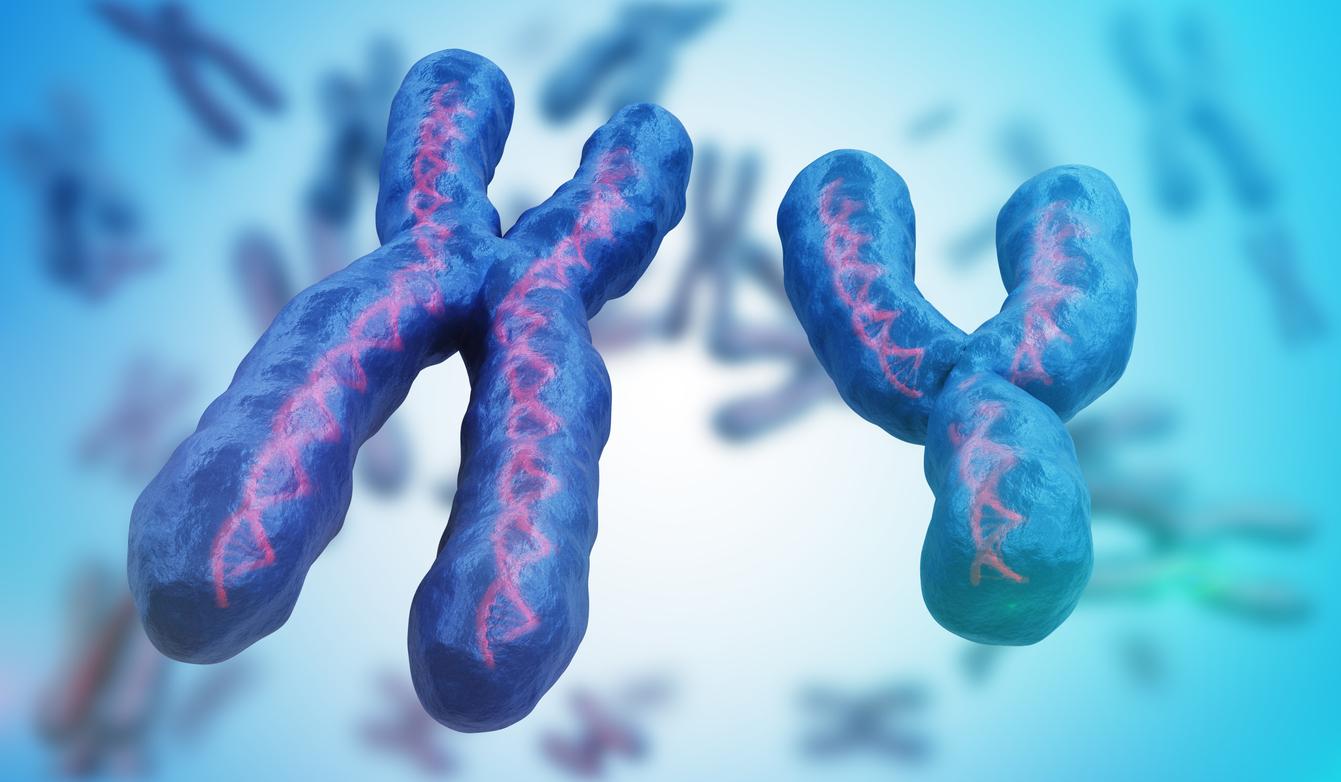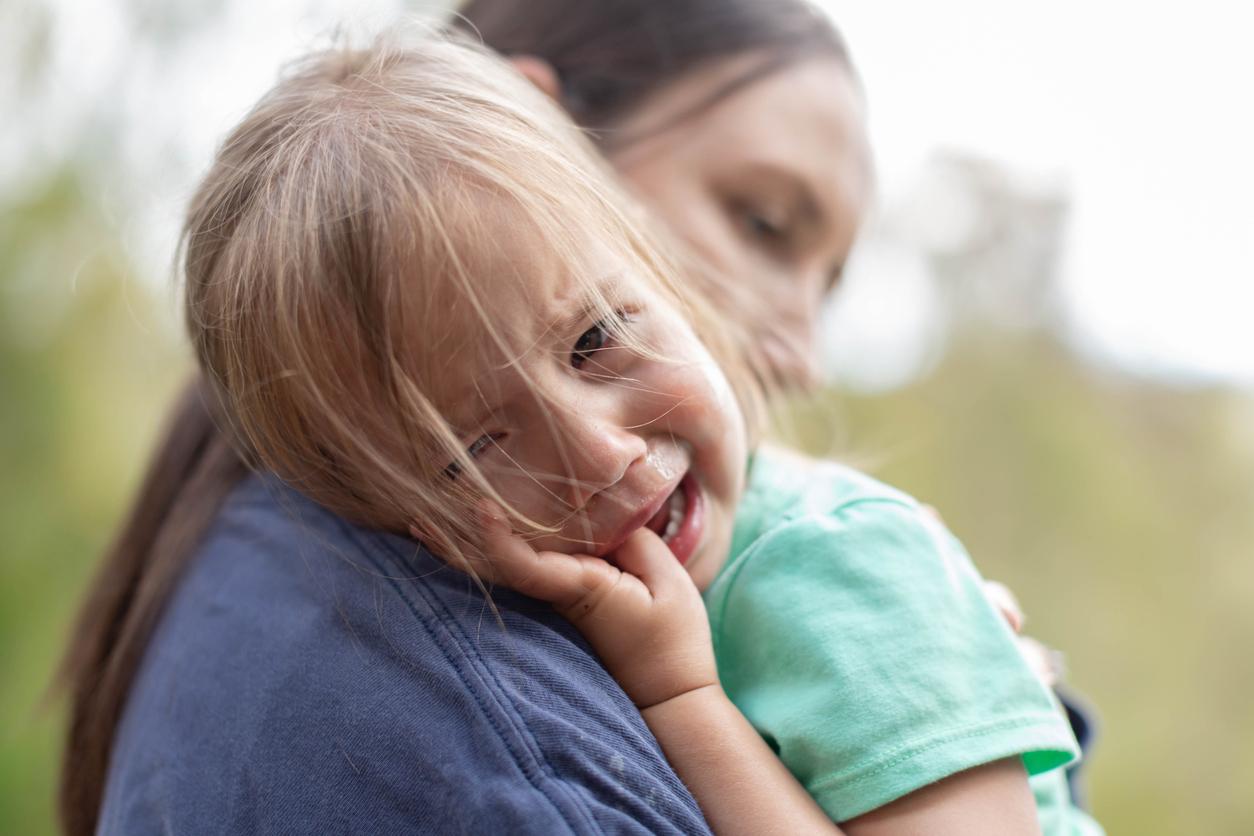THE’autism is a global name which in fact designates the set of autism spectrum disorders (TSA). They are characterized by difficulty establishing social relationships and communicating in general, as well as behavioral or even language disorders. It is estimated that in France, 650,000 people are affected by these ASDs.
If this “disease” cannot strictly speaking be cured since there is still no satisfactory treatment, autism can be taken care of to teach the child better communicate to integrate into the world that it is. surrounded. But it is here that two different methods are opposed: the psychoanalytic approach, still the majority in France but very controversial, and the behavioral approach, more and more popular.
Valérie Chaput, psychologist at Robert Debré Hospital in the Diagnosis and Evaluation Unit of Children with Suspected Autism Spectrum Disorders and member of Inserm Unit U955 “Genes and Autism”, explains these two approaches for us. .
Psychoanalysis to get the child out of his “bubble”
Largely in the majority in France since the 1960s and 1970s, the psychoanalytic approach is now very controversial and increasingly rejected by families of autistic children.
“It was the predominant approach in the public care system, and sometimes the only care option in some regions, although this is changing,” explains Valérie Chaput. The idea of psychoanalysis vis-à-vis autism, “is that the child’s communication difficulties are a kind of defense. In this sense, the psychoanalytic approach does not seek to solicit it too much “so as not to increase this defense”. These techniques tended to leave the children with their stereotypical behaviors (repetitive movements), without stimulating them enormously, explains the psychologist. “They also aim to interpret the actions of the autistic child from a psychoanalytic point of view,” adds Valérie Chaput with a touch of skepticism.
The most controversial psychoanalytic method of treating autism today is called “Packing”. It consists of wrapping the child (except the head) with wet and cold cloths before inducing rapid warming. For 30 to 50 minutes, the child will dialogue with the psychoanalysts present around him, at the rate of several sessions per month. Qualified as a “torture session” by several associations, this method would make it possible, according to its defenders, to facilitate the therapeutic relationship and to fight against anxieties of the autistic.
In March 2002, the High Authority for Health had made a point of giving its recommendations on the subject of this method, and had concluded that “the absence of data on their effectiveness and the divergence of the opinions expressed do not allow to conclude on the relevance of the interventions. based on psychoanalytic approaches. “The psychoanalytic approach to autism is therefore not recommended strictly speaking, but classified as” non-consensual global interventions “.
Moreover, to date there is no scientific publication validating this approach, “since psychoanalysis does not claim to be a science based on evidence”, underlines Valérie Chaput.
“France has long remained a psychoanalytic bastion, even though its European neighbors had begun to open up to more behavioral care”, regrets Valérie Chaput. “This prevalence of the psychoanalytic approach has somewhat led to a delay in research on the management of autism. “
According to the psychologist, the fact that there are neurodevelopmental abnormalities in autistic people has struggled to be accepted in France. “Originally, the idea behind the psychoanalytic approach was that there was a problem of bond and relationship with the mother and that there was an unconscious withdrawal of the child creating a barrier with its environment, ”says the specialist. “The idea was almost that there was an intact child inside that bubble. “However, today,” we no longer consider that we can get out of autism. Even though communication can be improved, there are still ‘traits’ of the disease. “
The behavioral approach, a more “pragmatic” way of pushing the child to communicate
“We consider that if the child does not communicate, does not speak, it is not that he does not want, it is that he cannot”, explains Valérie Chaput. “It is a neurodevelopmental disorder: the child’s brain is not wired to communicate”, the child does not have all the keys in hand to make himself understood.
Numerous recent studies indeed highlight anomalies at the level of Genoa which manage the development of synapses, the communication interfaces between neurons. Chemical imbalances in the brain could also be a cause of autism.
To help the child integrate as well as possible into the world around him, the behavioral approach will give the child tools. “What we are going to do is that we are going to solicit him by teaching him, for example, to imitate, to make requests, generally starting from his motivations. In the case of a child who is very fond of plasticine or bubbles for example, we will push him to give a card or a specific image to the adult to obtain these bubbles or this plasticine. It’s a way of teaching the child to ask for something, ”says the specialist.
Called “communication by image exchange”, this technique generally implemented by speech therapists will allow the child to constitute a small binder of images to give to parents to communicate. “Thanks to this type of method, some autistic people will gradually develop language. And even if the language does not come, the child will have a means of communication that will reduce behavioral problems, ”adds Valérie Chaput. “For it to be successful, this means of communication must be set up in all places where the child lives (home, school, recreation center, etc.). Finally, this second approach is “pragmatic enough, for the family and the child to lead as normal a life as possible”.
Despite this care, which she considers particularly suitable, Valérie Chaput regrets the low number of specialized speech therapists, all the more rare in areas of medical desert. “The offer of care varies greatly depending on the region, and in any event, we are very far from an optimal offer of care”, underlines the Parisian psychologist. The latter is still pleased to see that the diagnostic is more and more precocious, thanks to early childhood structures informed of the signs that may suggest an ASD. However, “there are always cases where the child is not diagnosed until entering kindergarten, because the parents were not alarmed”, while certain attitudes are visible. from 18 months.
On the financial side, the follow-up of an autistic child by a speech therapist is covered 100% by health insurance, assures us the specialist. As for the care by psychologists and / or psychomotor therapists, it is a little more complicated. It is generally necessary to make quotes, then inquire about the reimbursement from the departmental houses of disabled people (MDPH), which will also depend on the degree of autism.
Read also :
Infographic: all you need to know about autism
Asperger’s Syndrome: A Specialist’s Point of View
Testimonial: my son has Asperger’s syndrome
















